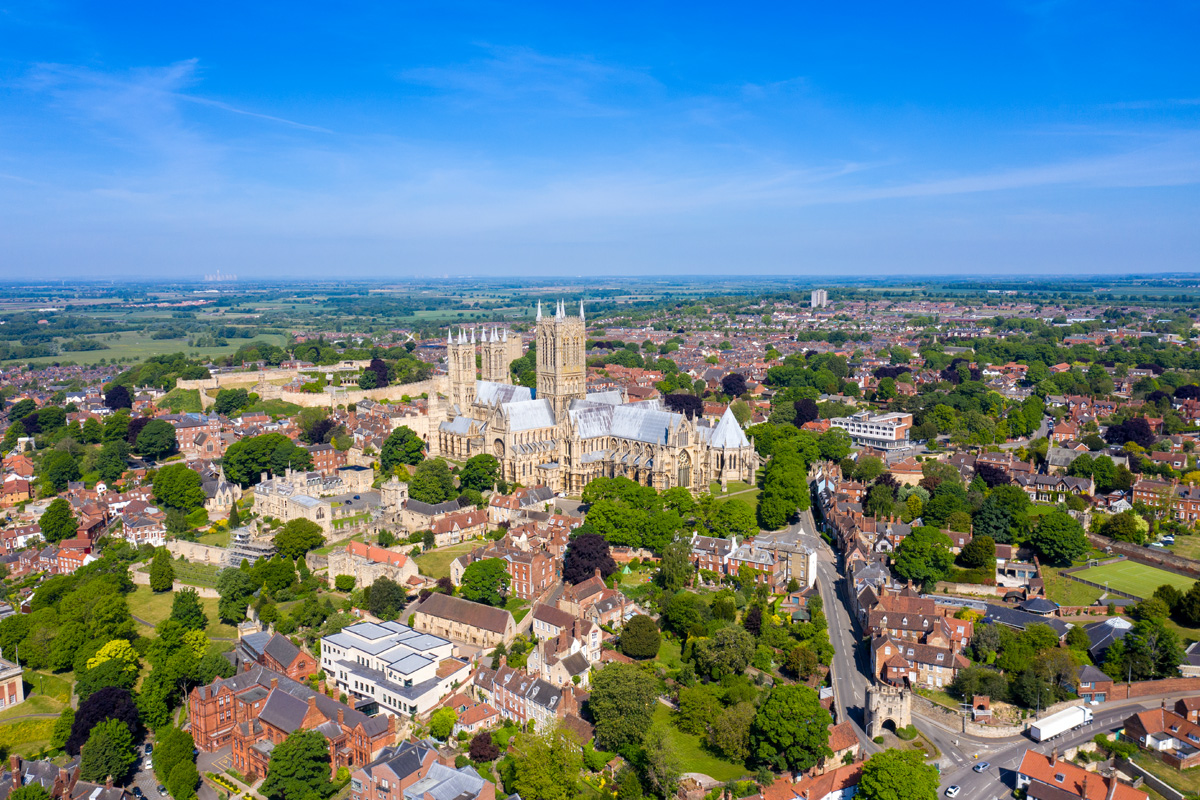- UK /
- Lincoln
Discover The Latest Property Statistics and Sold House Prices In Lincoln, Lincolnshire.
Gain a competitive edge in the Lincoln, Lincolnshire housing market using our extensive data on house prices with local insights and trends.
Check associated and nearby postcode districts:

LINCOLN
Property market data for Lincoln in Lincolnshire. Compare data on the district postcode areas of Lincoln including sold house price growth, long let gross rental yield, buyer demand, average asking price, average price per square foot and average rental prices. Explore Lincoln with a range of tools to help you understand the local market.
In the centre of Lincoln, DN16 long-let gross yield is N/A%, the average rental price is N/A the average asking price is £155,359 and the average price per square foot is £161. There are currently N/A completed property sales per month, with a turnover of 17.0%. Toggle between postcode districts to see how different areas compare.
BUY-TO-LET PROPERTY INVESTMENT IN LINCOLN
Understanding the Housing Market in Lincoln: Key Facts and Figures
Lincoln is a city in the East Midlands region of England. It is the county town of Lincolnshire and has a population of about 130,000 people. Lincoln is located about 120 miles north of London and is an important historical and cultural city. It is known for its medieval cathedral, Lincoln Castle and historic centre, which features a mix of old and modern buildings. The University of Lincoln is located in the city, and Lincoln is an important centre for tourism, retail, and manufacturing. Lincoln is a popular destination for tourists, with a range of accommodation options, restaurants, and shops. The city is well-connected, with good transportation links to other parts of the UK. Lincoln has a rich history of manufacturing, and the city has been home to several important industries over the years. In the 19th century, Lincoln was known for its production of agricultural machinery, and the city was home to several important manufacturers, including Ruston & Hornsby and the Ransomes & Rapier company. Today, the city still has a strong industrial base, and manufacturing is one of the key industries in the local economy. Some of the major companies in Lincoln that are involved in manufacturing include Siemens, which employs around 1,500 people in the area, and Lincoln Electric, which produces welding equipment and accessories. The cathedral is one of the most famous landmarks in Lincoln, and it is a must-see for anyone visiting the city. The castle is another popular attraction, and it offers visitors a glimpse into Lincoln's past, with several historical exhibits and displays. The Museum of Lincolnshire Life is also a popular destination, and it provides visitors with an insight into the history and culture of the area. In addition to its many historical and cultural attractions, Lincoln also has a thriving arts scene, with several galleries and museums showcasing the work of local artists. The city is also home to several festivals and events throughout the year, including the Lincolnshire Show and the Lincoln Christmas Market. The city is divided into uphill and downhill areas, with uphill being considered more upmarket and having more period houses. The central areas include the University of Lincoln and the Brayford Waterfront Quarter and Marina. There are plans for further regeneration in the centre. The south and north areas of the city have good access to the city centre and other amenities. North Hykeham is technically a separate town but is considered a suburb of Lincoln. The surrounding villages are also popular with those who work in Lincoln but want a more rural lifestyle.